For those who live in a cramped flat or house with no backyard, a terrace garden is an excellent alternative. The sun shines brightly on terraces. They’re simple to care for and are ideal for producing organic veggies and fruits as well as establishing a flower bed. This is also quite relaxing. Spend only a half-hour in the day and another half-hour at night looking at your plants. Your worry and anxiety will gradually fade away, as will any breathing difficulties you may have.
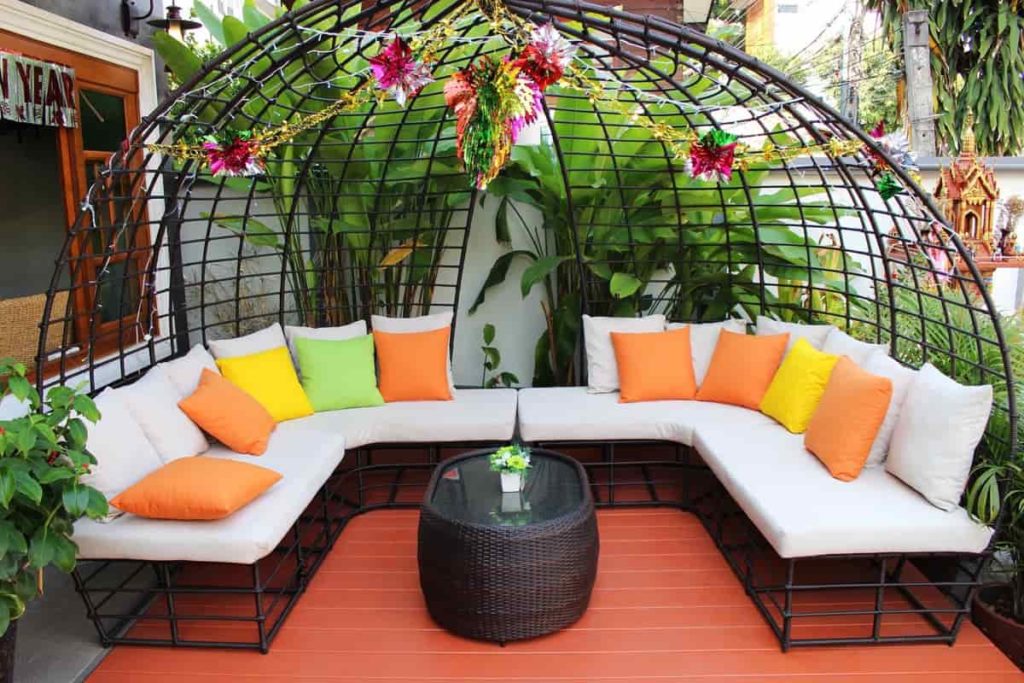
You can also enjoy growing your own 100% organic and pesticide-free veggies and fruits with a little more effort. If you don’t want to grow your vegetables, create a herb or flower garden, or an ethnic natural landscape with a tiny spring and lighting to relax in the comfort of your own house. These steps will guide you, if you are one of those people seeking inspiration and ideas for setting up your terrace garden, hoping to produce your organic veggies without spending a lot of money. Let’s check out how to start a terrace garden from scratch.
What are the advantages of terrace gardening?
Gardening is always a good workout; the amount of effort you put into keeping your garden in good shape will help you stay healthy and active. Taking good care of your plants as well as other tasking tasks can keep you healthy and active and away from the monotony of your regular workout regimen.
Creating a terrace garden keeps your home cool and is ideal for individuals who live in hotter climates. All of the plants on your patio will create a microclimate, lowering the temperature. As a result, you not only get to eat healthy, home-grown food, but you also save money on your energy expenses.
Chemical fertilizers are commonly used in the production of the food that we buy from markets. This chemical subsequently makes its way into your food supply, posing a health risk. Producing your food will assist you in ensuring that the food you consume daily is of high quality. You may assist the environment and minimize your carbon footprint by planting a garden at home. The plants you raise will help to enhance the quality of the air you breathe.
What are the types of terrace gardening?
Raised bed gardening
Making a raised bed is a terrific alternative if you’re searching for a practical and elegant solution to create a terrace vegetable garden. When compared to containers, you’ll be able to cultivate a lot more veggies. Plants will thrive with less attention and upkeep. The raised bed on the terrace is essentially the same as those seen in a typical garden.
In case you miss this: DIY Terrace Garden Ideas for Home, How to Start
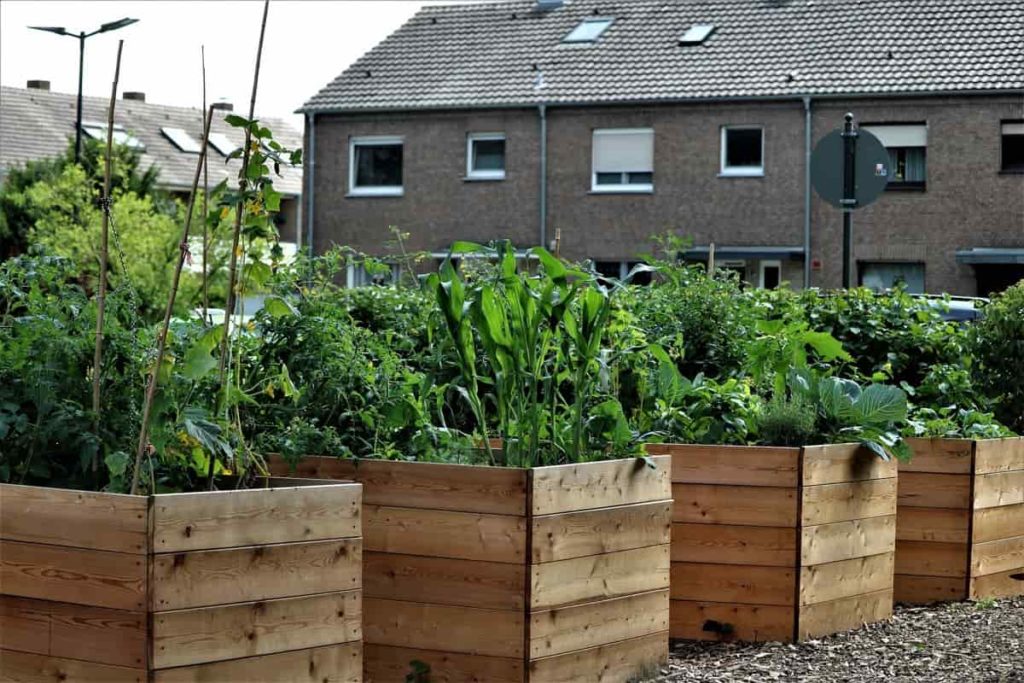
Specialized raised beds for terraces may be found in hardware stores or even internet shops; all you have to do now is decide which one is best for you. Just make sure that the terrace below is watertight before putting it up. Mix excellent soil, compost, and manure to produce soil. The height and width of the terrace are probably the most important advantages of a raised bed.
Vegetable patch gardening
This is vastly used to grow veggies on the terrace. In this type, you build a vegetable patch on your terrace and grow veggies directly on the surface. However, this is only effective on huge rooftops. Making a vegetable patch is comparable to planting a garden bed. Like a typical garden bed, the incorporated bed should be filled with soil. Compost is the soil is an excellent natural fertilizer for the majority of plants.
Gardening in boxes and pots
Beautiful gardens may be created with flower boxes and planters. These may be hung from an existing railing or simply placed on the floor. It’s absolutely up to you how you utilize them. In these planting boxes, do not use regular garden soil. Use high-quality potting soil or compost-rich potting mix. Fertilizing is also vital for increasing productivity, however, the amount depends on the plant.
Optimizing vertical space
Making good use of the space on the terrace can help you get the most out of it. Plant vegetable shrubs and vines along the walls and railings, such as beans, some kinds of tomatoes, and other fruits. They’ll not only get support, but they’ll also be able to grow outside and upward, saving you a lot of room.
How to start a terrace garden from scratch
Layout and tools required
You may create a terrace garden in one of two ways: you can cover the entire area with soil to create a lawn, or you can use plant pots to grow plants in. Because a terrace has fewer square feet than a typical garden, it is vital to arrange the space utilization correctly. Look for regions that are shaded, as well as areas that receive sunshine for most of the day. If you’re going to have a sitting area on the terrace, decide where it will go.
In case you miss this: Terrace Gardening Frequently Asked Questions
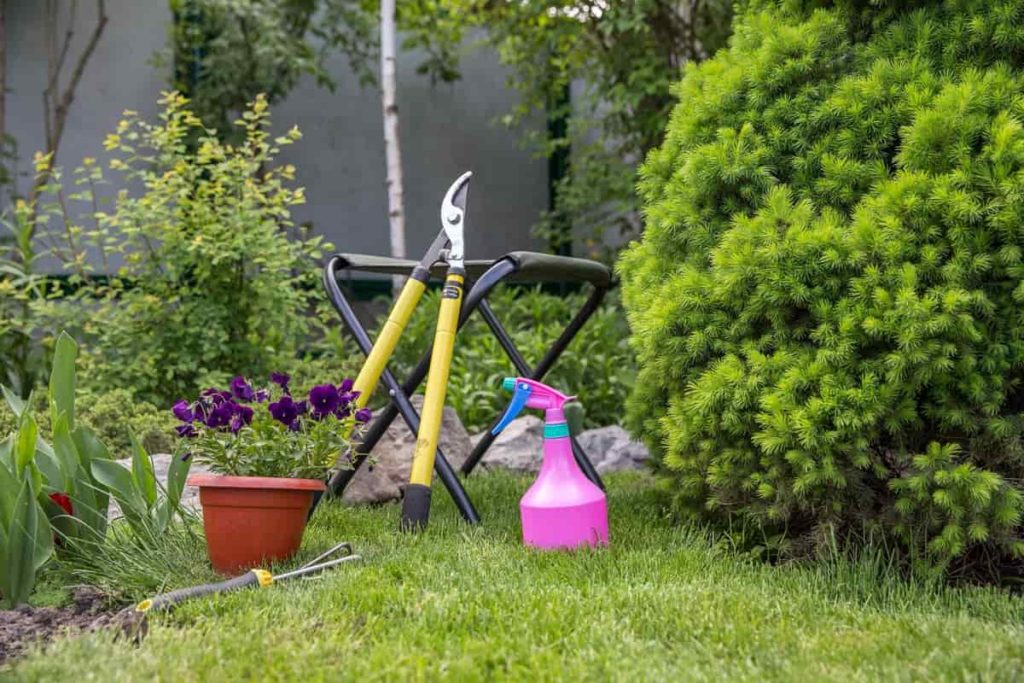
Plants need to be sheltered from direct sunshine in the summer, and you may do so by creating a shade. Once you begin to work on your terrace garden, this gardening equipment will come in useful. You can use the gardening equipment in this list. These five resources can assist you in getting off to a good start: Gardening Rake, Trowel, Shovel, Hose Pipe/Watering Can and Pruning Scissors.
Waterproofing
Checking your terrace for waterproofing is one of the first things you should do before putting up your terrace garden. If you’re doing it yourself, get a big tarpaulin sheet and cover the surface of your terrace. Professionals can also assist you with waterproofing your terrace. Also, make sure your foundation is capable of supporting the load of the pots.
In most circumstances, if your house was built by experts with the proper amount of sand and cement, you should be able to sustain the additional weight without difficulty. If you don’t want to use tarpaulins, pot saucers may be purchased to store excess water that is drained from pots. In any case, make sure your patio has a robust water-proofing strategy.
Choosing the plants to grow
In your rooftop garden, you can grow almost anything such as herbs, vegetables, shrubs, and flowers. If you’re new to gardening, start with simple vegetables like spinach, coriander, and radish. These veggies may be cultivated year-round and with very little effort. Hours of sunshine, watering, soil PH level, and temperature needs are just a few of the crucial things to consider while choosing seeds for your rooftop garden. Place your plants in a location where they will get enough sunshine and will be secure from predators.
Soil
Plants grow best on good soil. Growing healthy plants requires well-nourished and conditioning soil. Mix dirt with organic compost to make your potting mix. The soil must have a suitable texture, with crumbly soil that retains moisture being beneficial to the plants. Apply organic compost to your soil regularly. The rains might wash away the critical nutrients from your rooftop garden soil. As a result, fertilizing them is required for a healthy harvest.
In case you miss this: Terrace Gardening Tips – For Beginners, Ideas, Setup
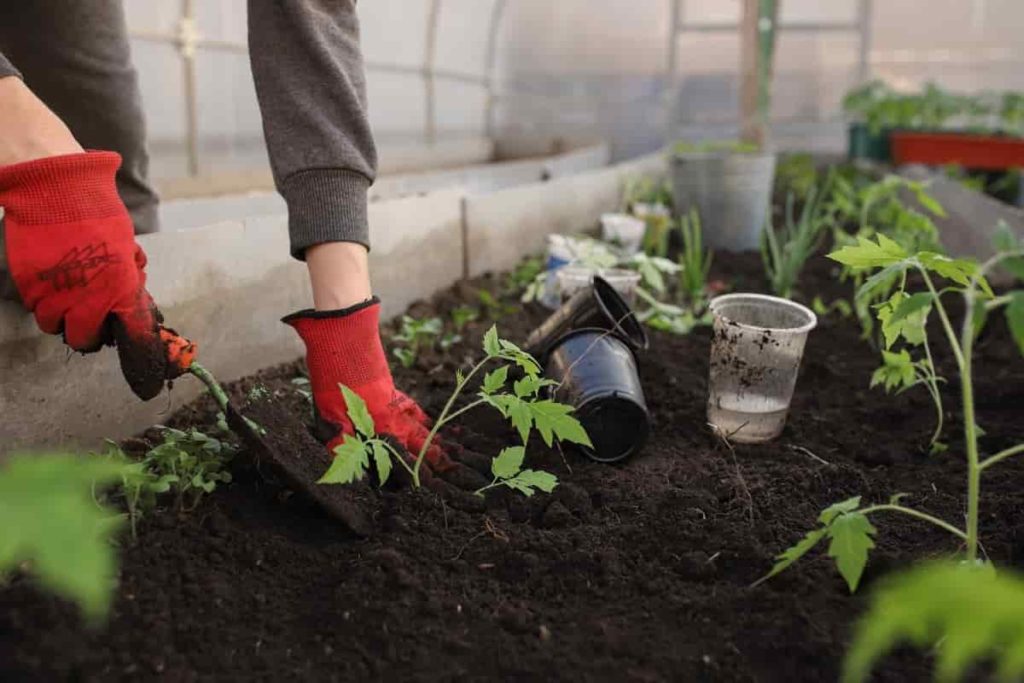
Chemical fertilizers should be avoided since they will not only enter your system but will also kill the healthy bacteria and microorganisms in your soil. Take equal amounts of red sand and organic compost to make your potting mix. Allow 10 days for your potting mix to settle before putting it in pots. Make sure your potting mixture has a balanced texture. You may fertilize your soil regularly to maintain it healthy. As a result, your greens will remain healthy.
Watering
Take good care of your plants. Watering them is crucial, so ensure that you water them regularly as needed. Make sure you don’t overwater your plants since this can lead to roots deterioration and damage. Also, before a big rain, be sure to manure your plant.
Drainage
Water and nutrient absorption are required for any plant to grow. As a result, the soil must be permeable to allow for air circulation and water drainage. Plants will not grow due to waterlogging as well. As a result, a drainage layer on the terrace is required. As a result, a drainage layer must be installed above the insulating layer to remove any surplus water.
Drainage mats are a popular choice for a drainage layer. The drainage layer and the soil layer must then be separated by a geotextile filter layer. It keeps plant waste and soil from washing into the drains, which would otherwise clog them. It also secures the soil and other planting materials.
Pests and birds
Pests are always a problem to be considered, no matter how well you care for them. Natural insecticides may be used to keep bugs away from plants. A combination of soap water, neem oil, and baking soda can be used to make natural insecticides in a matter of minutes. Bugs aren’t the only ones that might cause problems for your plants. Birds, as well as the sun’s destructive rays, might destroy your plants. Cover your plants with a wire mesh or a green net to keep them safe.
In case you miss this: Starting Terrace Garden – In India For Beginners
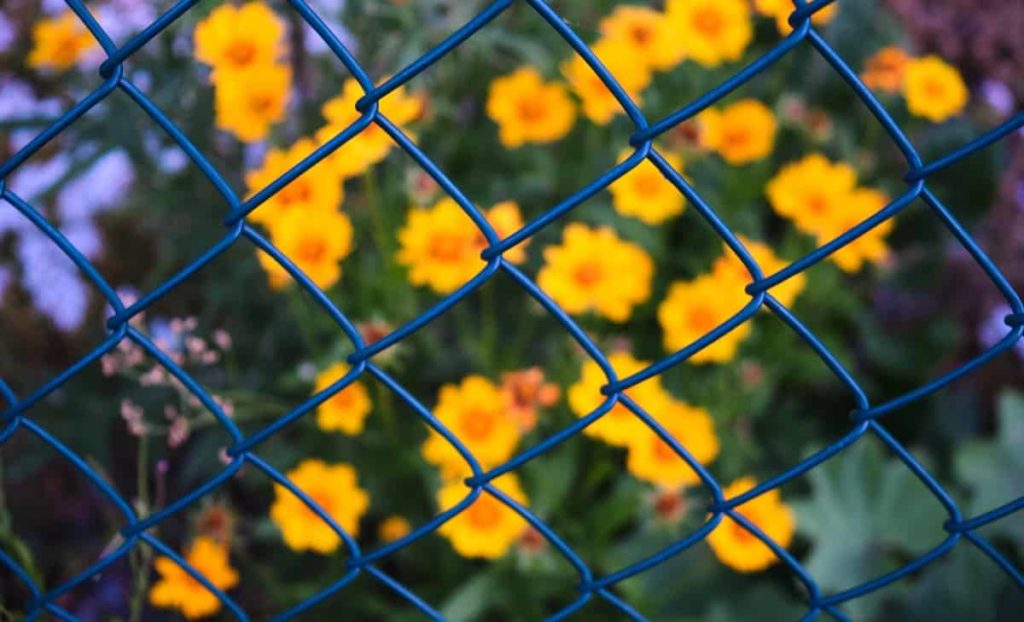
What are the tips for successful terrace gardening?
Use plastic containers instead of terracotta since they are lighter and better at retaining moisture. If you’re utilizing dirt on your terrace, don’t forget to waterproof the surface. It will keep any leaks out of your home. If you just have a small amount of soil for terrace gardening, you can plant sedums or alpines. These blooms can even endure a degree of drought.
Plants that are kept too close together will fight for nutrients, water, and sunshine, and they will not mature as quickly as they should. When it rains, don’t water the plants. Also, if there has been a lot of rain in the last several days, replenish the soil with fertilizers. Another point to consider is the presence of sunshine. Plants on a terrace typically require four to six hours of direct sunshine each day. Arrange for more sunshine to produce the best vegetables.
In case you miss this: Terrace garden ideas, tips for design and setup in India
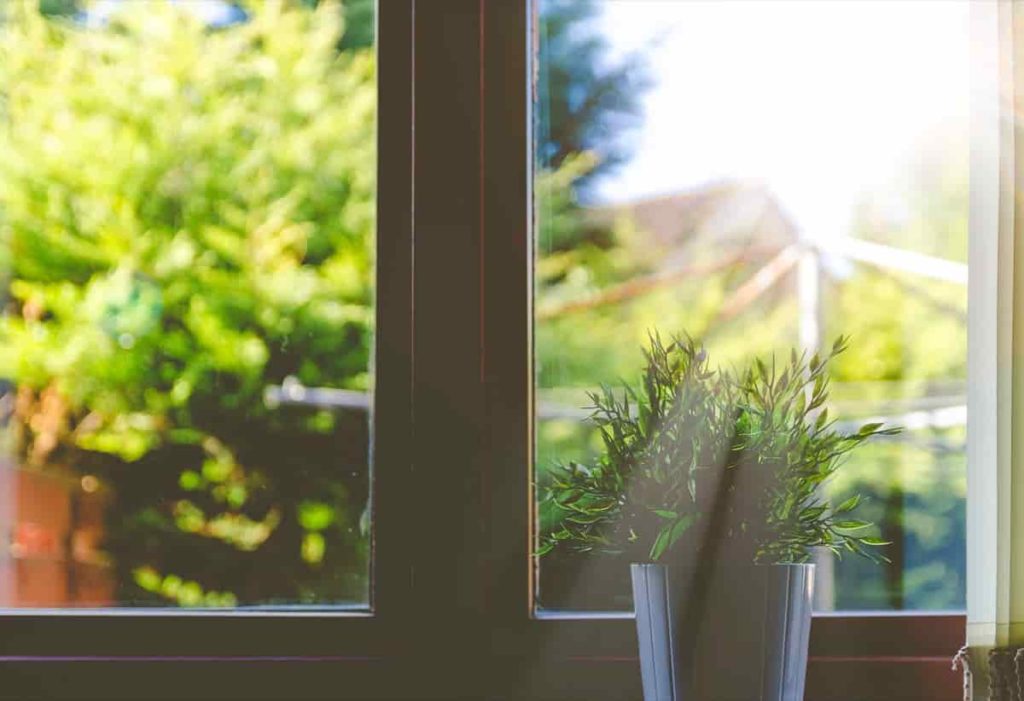
Gardening takes only some simple equipment, which you may organize according to your needs. Sprayers, composters, shovels, rakes, and gloves, to mention a few, may be required. With the help of technology, you may acquire gardening knowledge with only a few mouse clicks. You can simply find organic seeds online thanks to a profusion of e-commerce sites. However, before making any purchase from these sites, carefully check consumer testimonies and reviews.
Disclaimer: The above analysis is only assumed (not proved) to provide great results when practiced. We are not responsible for any errors that arise on this website or from any decision or action taken as a result of using this site.
- Broccoli Seed Germination and Selection
- Asparagus Seed Germination and Variety Selection
- Seasonal Flower Gardening: Best Practices for Spring, Summer, Fall, and Winter
- How to Grow Hibiscus from Flower
- Plantation Ideas for Home Decoration: A Beginners Guide
- Flower Garden Designs and Layouts for Beginners
- Planting and Spacing Techniques in Papaya: A Beginner’s Guide
- Growing Gold: Essential Techniques for Planting Pineapples
- How to Make Kalanchoe Plant Bushy: Home Remedies and Solutions
- 11 Reasons Why Your Gardenia is Not Blooming: Home Remedies and Solutions
- Eco Elegance: The Guide to Designing a Drought-Tolerant Landscape
- Gardening on a Slope: Strategies for Hillside Landscaping
- Nourish and Flourish: Top Organic Mulches for Thriving House Plants
- Everything You Want to Know about Indian Mogra Flower: Discover Uses and Growing
- Green Thumb Success: Expert Tips for Cultivating Greenhouse Pumpkins All Year Round
- Maximize Growth & Flavor: The Ultimate Guide to Companion Planting in Herb Gardens
- How to Control Rhododendron Problems Naturally: Home Remedies and Organic Ways to Fix Them
- Natural Magic: The Remarkable Benefits of Cinnamon for Plants
- Best Steps to Revive Dying Tulip with Natural and Organic Treatment
- 10 Reasons Why Your Angel Trumpet is Not Blooming: Remedies and Treatment
- How to Fix Periwinkle Leaf and Flower-Related Problems: Natural Remedies and Solutions
- How to Fix Zinnias Leaf and Flower Problems: Discover Natural and Home Remedies
- Organic Steps to Induce Lemon Tree Flowers: A Comprehensive Guide
- Bloom Booster: Crafting the Perfect Homemade Bougainvillea Fertilizer
- Optimizing Growth: A Guide to Applying NPK Fertilizer for Potted Plants
- 10 Best Homemade Fertilizers for Rubber Plant: DIY Recipes and Application Method
- How to Boost Female Pumpkin Flowers: Effective Steps for More Flowers and High Yields
- Transform Your Indoor Garden: Top Benefits of Pink Salt for Houseplants
- 10 Best Homemade Fertilizers for Peacock Plants (Calathea): Easy DIY Guide
- Unlock Blooms: 9 Reasons Why Your Potted Chrysanthemum is Not Blooming
- 8 Reasons Why Your Potted Hibiscus is Not Blooming: Fix it with Simple Solutions
- Unlock Blooms: 9 Key Reasons Your Potted Frangipani Won’t Flower
- 10 Reasons Why Is My Ice Plant Not Blooming: Remedies and Treatment
- 10 Reasons Why My Potted Hydrangea Not Blooming: Treatment and Remedies
- 10 Reasons Why is My Wisteria Not Blooming: Remedies and Treatment
- 10 Reasons Why is My Goldfish Plant Not Blooming: Remedies and Treatment